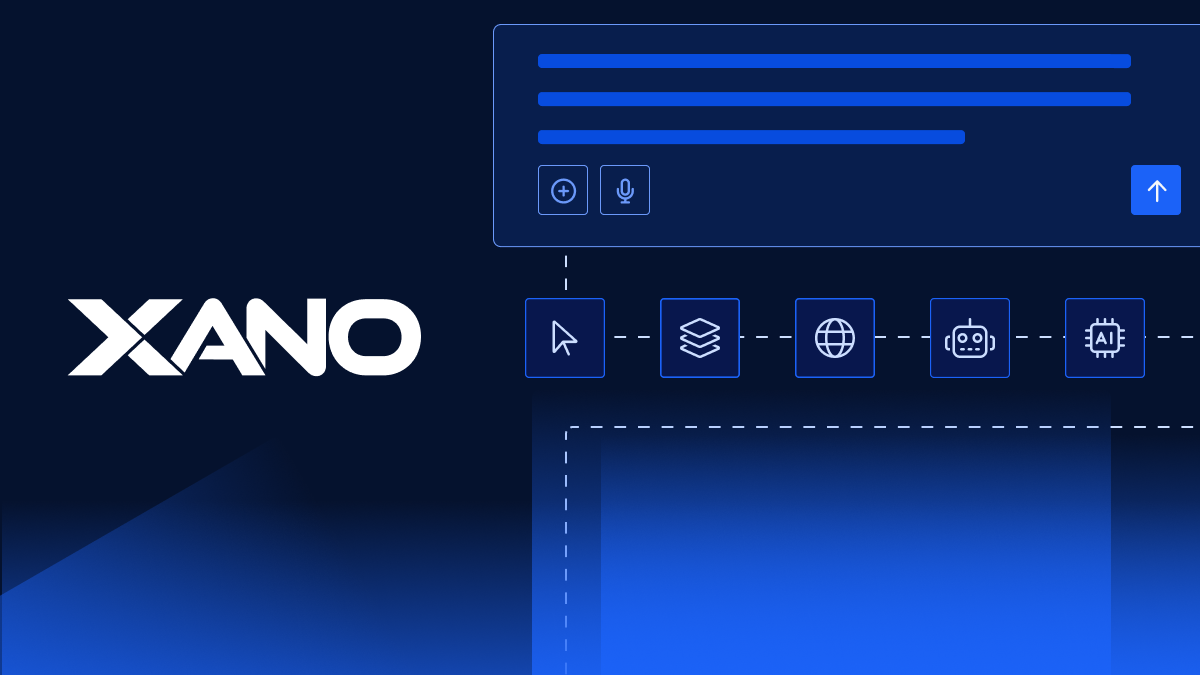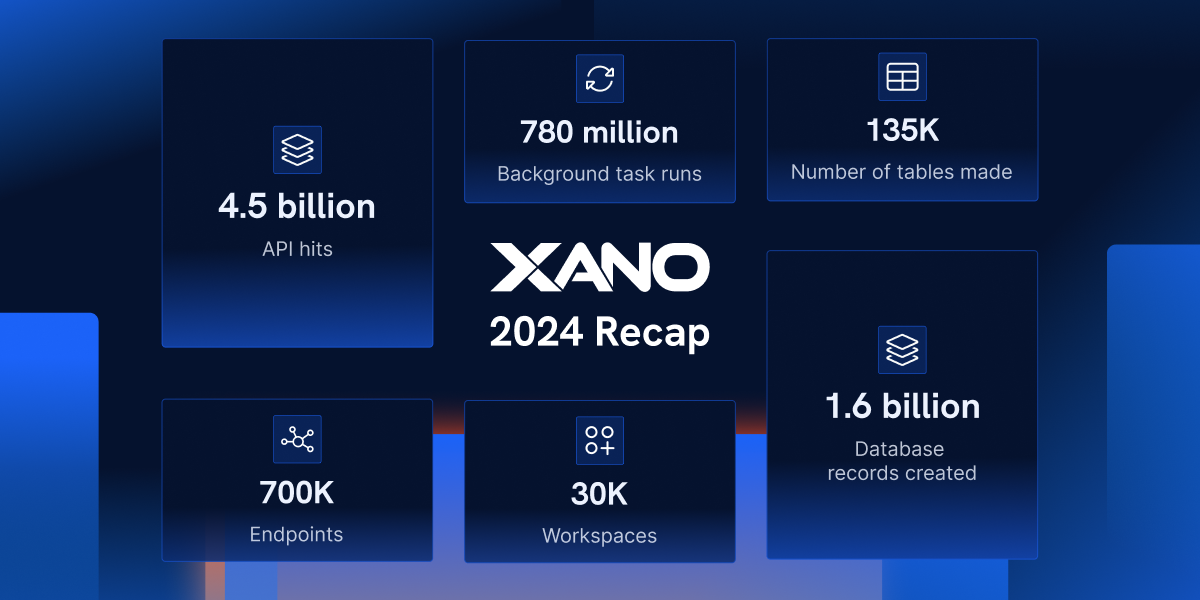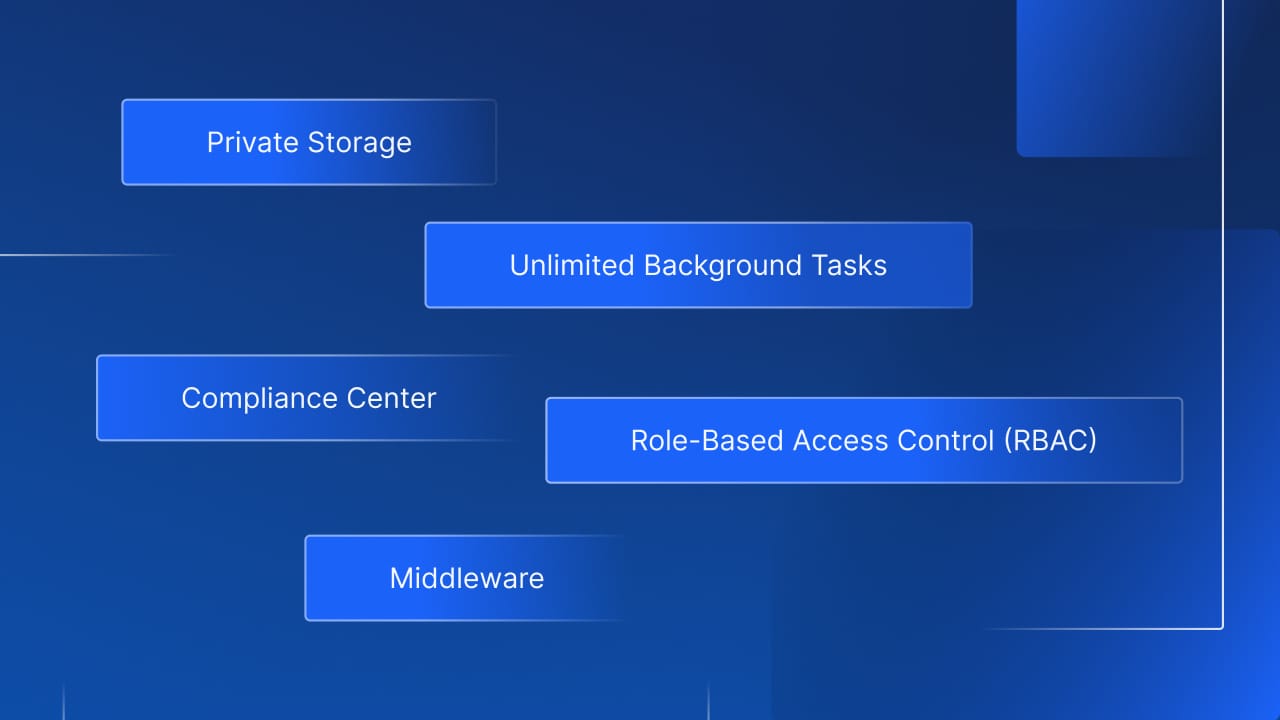How To Learn Website Backend Development
By Xano | January 16, 2021

Backend developers write code that powers a website or application. Any time you input a command into a website or app’s frontend, the server and database must process that command. Backend developers are responsible for this server-side logic, ensuring a smooth user experience.
The duties of a backend developer depend on the specific goals of a company, as well as your specific role in backend development. The job of a backend developer can entail anything from overseeing basic C.R.U.D (create, read, update, delete) operations to API integration to streamlining business processes.
If you’re considering entering the field of web development, being a backend web developer can be a rewarding career path. It does require a lot of technical skill. A combination of formal education and experience all come into play when you’re vying for a job in backend development.
What Skills Do I Need For Website Backend Development?
A Basic Understanding of Frontend Web Technologies
While you do not have to have extensive experience as a frontend developer, knowing the basics is an important prerequisite. Backend web developers communicate frequently with frontend developers during projects, so understanding frontend technologies is key to successful communication.
To communicate with frontend developers, it’s recommended you know HTML, CSS, and JavaScript. Often called “the frontend trifecta,” these programming languages control almost everything frontend users see.
Backend Programming Languages
In addition to knowing frontend programming languages, you will need to familiarize yourself with languages typically used for backend programming. The best language to learn is somewhat subjective, and dependent on your company.
Python is the premiere language used by backend developers, so it’s vital that you develop your Python skills if you’re going into backend development. Python is a versatile language capable of handling both simple and complex web projects and has been used in a diverse range of industries. Major companies – like Spotify and Instagram – used Python’s syntax to build their applications.
However, Python is not the only language worth knowing for backend development.

Java, different from Javascript, is common in backend development. It’s a general-purpose programming language that supports object-oriented programming. PHP, which powers an estimated 78.2% of websites, is a popular scripting language and among the most common server-side languages used in backend development.
Database Administration
A backend developer does more than just make applications functional. Creating data storage solutions is also part of your job as it improves efficiency overall. On the backend, databases store all kinds of information like user data, posts, comments, and so on. Managing this data is vital to ensuring a website or application runs smoothly.
You’ll need to learn certain database technologies, including languages used to manipulate databases effectively. A working knowledge of both Structured Query Language (SQL) and NoSQL can strengthen your resume as a backend developer.
Version Control Systems
Backend developers and related team members need to be synced up at all times for day-to-day operations to run smoothly. Version control systems track what happens to your code at every stage of development. This way, you can see what changes your teammates made to a code and ensure you do not make any changes that conflict with these adjustments.
Git is the most widely used version control system, so a working knowledge of Git is vital to backend programming.
Managing Hosting Environments
While some companies may still purchase and manually set up their own servers, these days it’s more common to use either a managed hosting service or a cloud hosting provider.

Managed hosting services tend to be more user-friendly and geared toward those with less technical skills, so it’s a good platform to practice on. Knowledge of managing cloud hosting providers may make your resume more robust, however, and many offer free trials you can use to familiarize yourself with the platform.
Where Can I Learn These Website Backend Development Skills?
Many backend developers start developing their skill sets during college. Backend developers do a lot of abstraction as compared to frontend developers, so having a computer science degree can help give you the foundation you need to enter the field.
While some degree of formal education always helps, you don’t necessarily need to go back to college to work in website backend development. There are other ways to learn backend development.

You can try in-person or online backend development courses. Many colleges and universities allow non-students to enroll in select courses for a fee.
There are also coding bootcamp programs, offered both online and in-person. These can help teach you a fairly expansive skillset, often in a relatively short period of time. While these courses can be costly, they’re cheaper than a four year college degree. Plus, backend website development is a lucrative career path, so bootcamps may pay off in the long run. Some bootcamps even help with job placement after students complete the course.
There are also plenty of websites – like Udacity and Udemy – that offer online courses. In addition to backend development courses, there are full-stack developer programs that teach you frontend skills as well.
Experience is also important. Computer science is very much a field where you learn by doing, so you’ll learn many of the skills above organically as you progress through your career.
The Website Backend Development Bottom Line
You’ll need a robust technical skill set to work in website backend development. Formal training and experience will both help you develop the background necessary to thrive. While the learning curve can be difficult, diligence and patience will pay off in the long run. Backend web development is a growing field, so learning the trade can ensure you’ll have a long, stable career.
Interested in testing out backend development yourself? At Xano, our no code backend app builder platform lets anyone craft a project backend with our user-friendly features and infrastructure. Sign up here to get started.

















